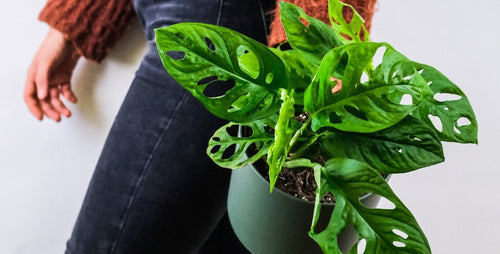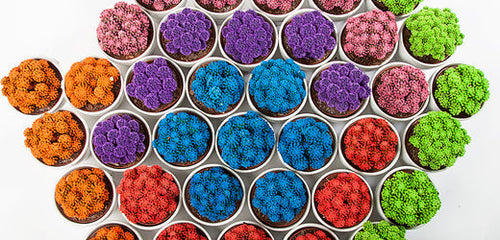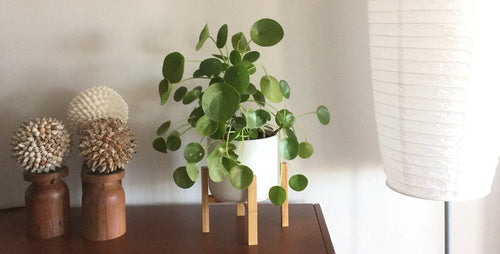 Do you ever watch a movie or TV show and suddenly notice something in the background that looks out of place?
Do you ever watch a movie or TV show and suddenly notice something in the background that looks out of place? Well, for me, that happens whenever I notice plants being used incorrectly. The whole story line loses its impact if I’m forced to see plants being tortured by Hollywood set designers.
One of my big pet peeves is when sun-loving plants such as crotons, sago palms, bromeliads, and succulents get tucked into dark bookshelves on stage. (Of course, they will flourish in sunny locations in your home.)
Personally, I think designers should do a little research first and then select plants that are both colorful and tolerant of low-light conditions. Some better options on a shelf, for example, might include prayer plant, calathea, snake plant, pothos, philodendron, peace lily, ZZ plant, nerve plant, hoya, or ferns. All of these easy-care beauties will be super happy living on a shelf with a little indirect light.
Of course, if you’re going to put plants on a shelf in your home, you do need to give them a little extra attention. Here are a few tips to insure success.Rotate Plants
Houseplants living on a shelf need to be rotated every few days so all parts of the plant are exposed to the light. Otherwise, one side of your plant will grow and the parts facing the interior of the shelf will die back.
It’s important to always put a saucer under each of your plants to prevent excess water from damaging your books and other items. Plants on higher shelves might also dry out faster than those on lower shelves so check soil moisture every few days.
Buy Small Plants
Look for plants that will fit well in tight quarters. Most shelves don’t have a lot of extra space for a plant to spread out so look for younger, more compact varieties that will grow and adapt to their surroundings. Avoid buying a larger plant and squeezing it into a cramped space.
Written by Doug Jimerson

















